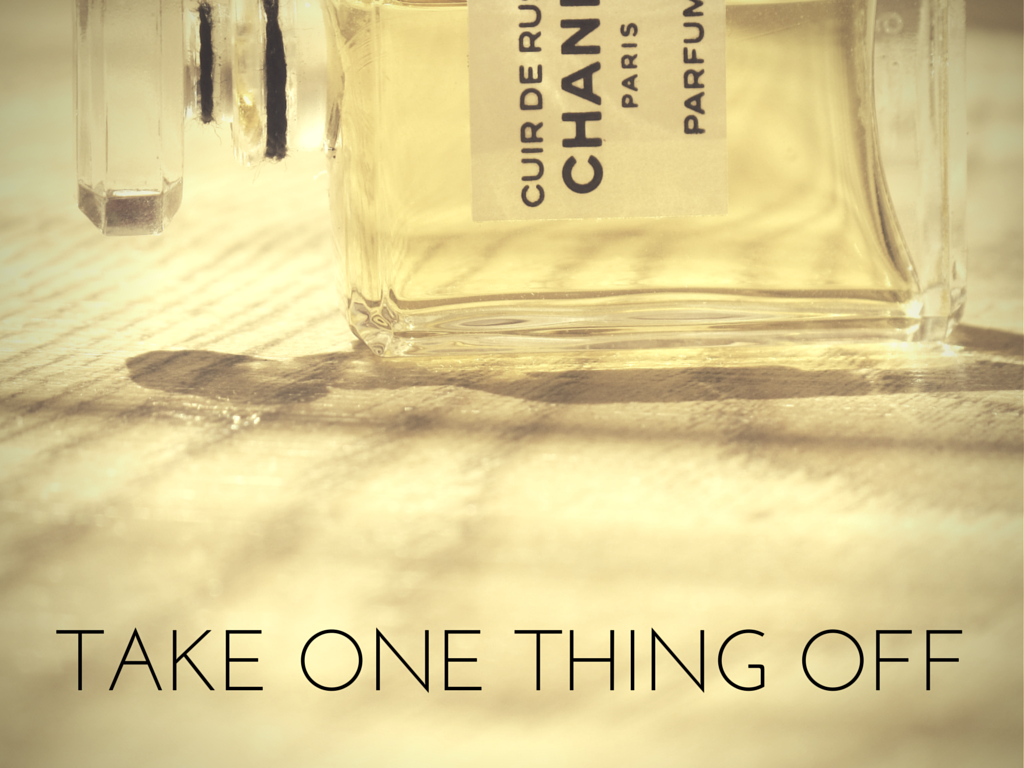This review has taken me many attempts to get right. I’ve written and re-written it more times than I like to admit. I think the reason for my hesitation is that I am bowled over by Bruno Fazzolari’s Ummagumma but not sure whether it’s because it’s really that good or because I am just genetically programmed to find sweet things irresistible (Irish women like me lay down fat automatically on the first signs of cold weather, like a sheep preparing for winter).
Oh hell, enough with the equivocating – Ummagumma smells amazing. It is so palpably delicious and soul-warming that the first time I smelled it, I had to fight myself from tipping the rest of the vial down my throat.
The topnotes are all about that bitter hit of pure chocolate one gets when drink a mug of 80% single plantation cocoa: molten, dark and almost iron-rich. There’s a generous pour of cream, courtesy of sandalwood, and a smattering of barky spice for grit – saffron, cinnamon, and what smells to me like clove but is just as likely to be carnation. The sultriness of the dark chocolate accord is quite similar to that of Slumberhouse Ore, albeit much sweeter thanks to the eventual star of the show, which is amber.
Yes, it’s not the spicy chocolate accord that takes top billing here: it’s the caramelized whisky amber that sits just beneath the cocoa and quickly burrows its way to the top, from where it dominates proceedings. Compared to the bittersweet cocoa top, the amber is honey-sweet, with a boozy edge that makes me think of the Irish whiskey notes in both Tobacco Oud and Amber Absolute. As a result, the amber sports a burned sugar char at the edges that makes me salivate
The amber booms on with its incensey sparkle, but neither the cocoa nor the spice disappears entirely; they lurk in the background, lending a fudgy, bittersweet depth to the main chassis. The scent is quite sweet, let’s be clear, but I find the same sort of balance here as in Ambre Narguile, where the syrup of amber and dried fruit is tempered by tobacco leaf. In Ummagumma, the tonka bean shows off its prickly, herbal coumarin side more than its lush cherry or almond facet, resulting in faint curlicues of smoky tobacco leaf and leather wafting through the amber, lifting and airing it out a little.
Foodie? Yes, most definitely. But don’t infer too much from my mention of Ambre Narguile above, as the scents are really nothing alike, with Ummagumma lacking, in particular, the cinnamon-apple fruitiness of the Hermessence. If anything, Ummagumma’s smooth amber makes me think more of Tobacco Oud with its whiskey-ish, honeyed, and leathery undertones, or a sweeter Ore by Slumberhouse. And although it’s a gourmand-leaning fragrance, there’s enough dry tobacco in Ummagumma to tilt it ever so slightly in the direction of Bond-T. The cedar in the base is faintly sweaty and smoky, with a vegetal edge that helps to cut through the richness as effectively as an Alka Seltzer after a rich meal.
Every artisan perfumer has a signature. But Ummagumma doesn’t really smell like a Bruno Fazzolari fragrance, apart from a certain groovy 1970’s aesthetic that runs through his other scents and also makes an appearance here (the Pink Floyd-related name, the chocolate incense, the textural “mood” feel of brown corduroy jeans, etc). On balance, though, Ummagumma is not as overtly retro in feel as either Au Delà or Seyrig. Neither is it futuristic or stark, as in Lampblack.
Most of my surprise, I guess, stems from seeing such a straightforwardly delicious gourmand coming out of the Bruno Fazzolari stable. Because “straightforward”and “delicious” didn’t seem to be words in Fazzolari’s vocabulary in 2016 when he collaborated with Antonio Gardoni of Bogue to make the “Frankenstein” gourmand, Cadavre Exquis, a fragrance that is as stomach-churning as it is intriguing. Cadavre Exquis smells like a bar of dark chocolate that’s been dragged through fir trees, fruit rot, the ashes of a campfire, and road kill. It smells like camphor and ass (curry-immortelle). Definitely not something anyone would want to eat, even if it smells like food.
I actually like Cadavre Exquis quite a bit, mainly because it nails the essentially animalic characteristics of a bar of evilly-dark chocolate, which, if anyone has ever melted one down will know, smells like warm blood, iron filings, raisins, and something like dried sweat. Cadavre Exquis has the unique quality of making me want to smell it, over and over again, despite the fact that it nauseates me. Which I think makes it at the very least a very interesting fragrance, if not a masterpiece (depending on the definition one uses). But while it’s addictive to smell, I’d never wear it.
Readers may be either disappointed or relieved to know that Ummagumma is nothing like Cadavre Exquis. On the one hand, Ummagumma is not as memorable or as progressive as Cadavre Exquis, but neither is it as divisive. Its gourmandise is sophisticated rather than off-kilter.
How you judge Ummagumma will depend greatly on where you come down on the split between wearability and art. Yet more people will evaluate it purely based on their knowledge of Bruno Fazzolari’s back catalog, including Cadavre Exquis, and find it lacking in edge. But if I were to smell Ummagumma blind, although I wouldn’t peg it as coming from the hands of Bruno Fazzolari, I’d still want to own it and wear it because it’s one of the most straightforwardly delicious things I’ve smelled all year. And I mean those words as a compliment.
Notes: saffron, carnation, chocolate, tobacco, leather, labdanum, sandalwood, cedar, incense, tonka, vanilla











